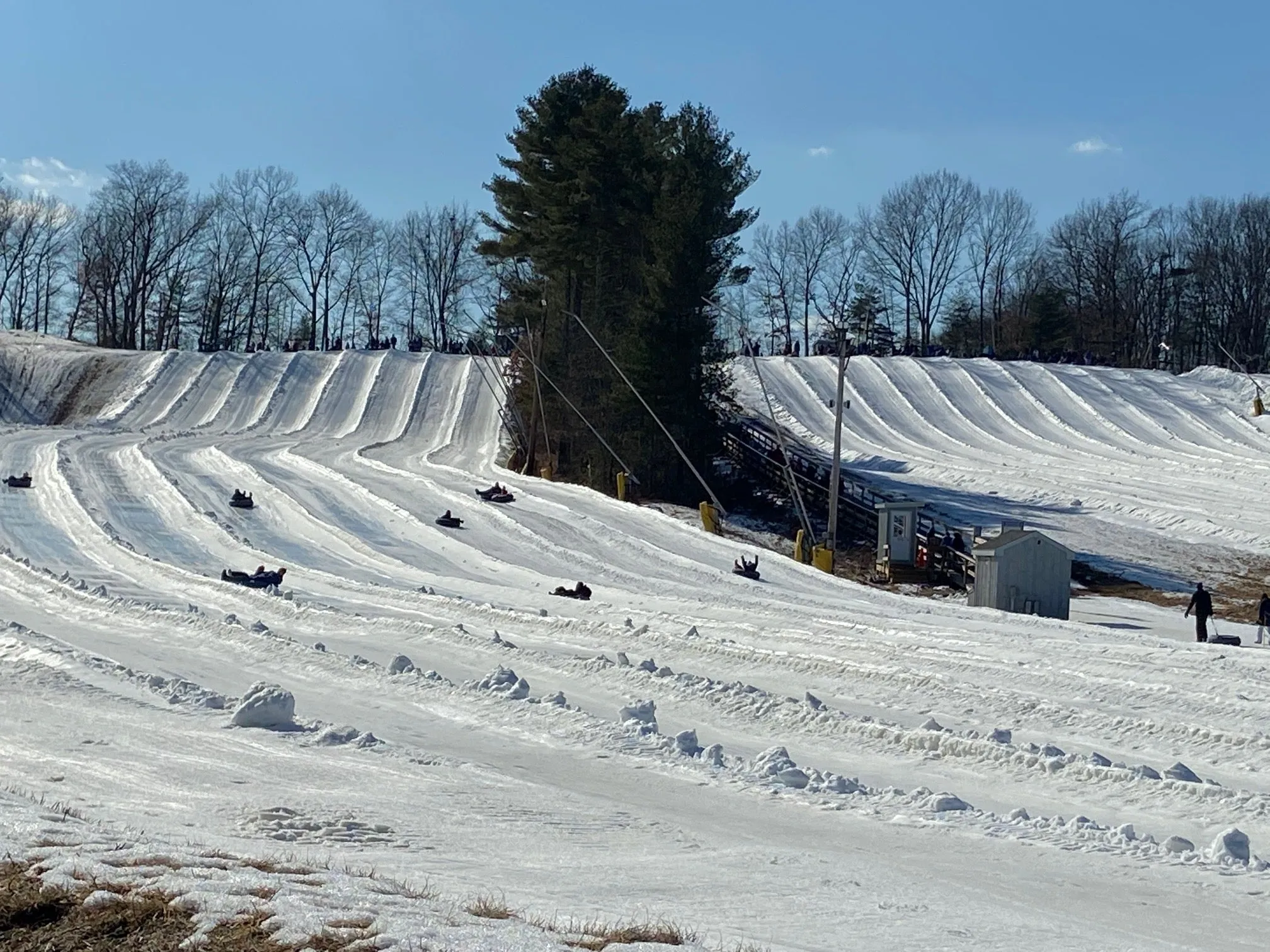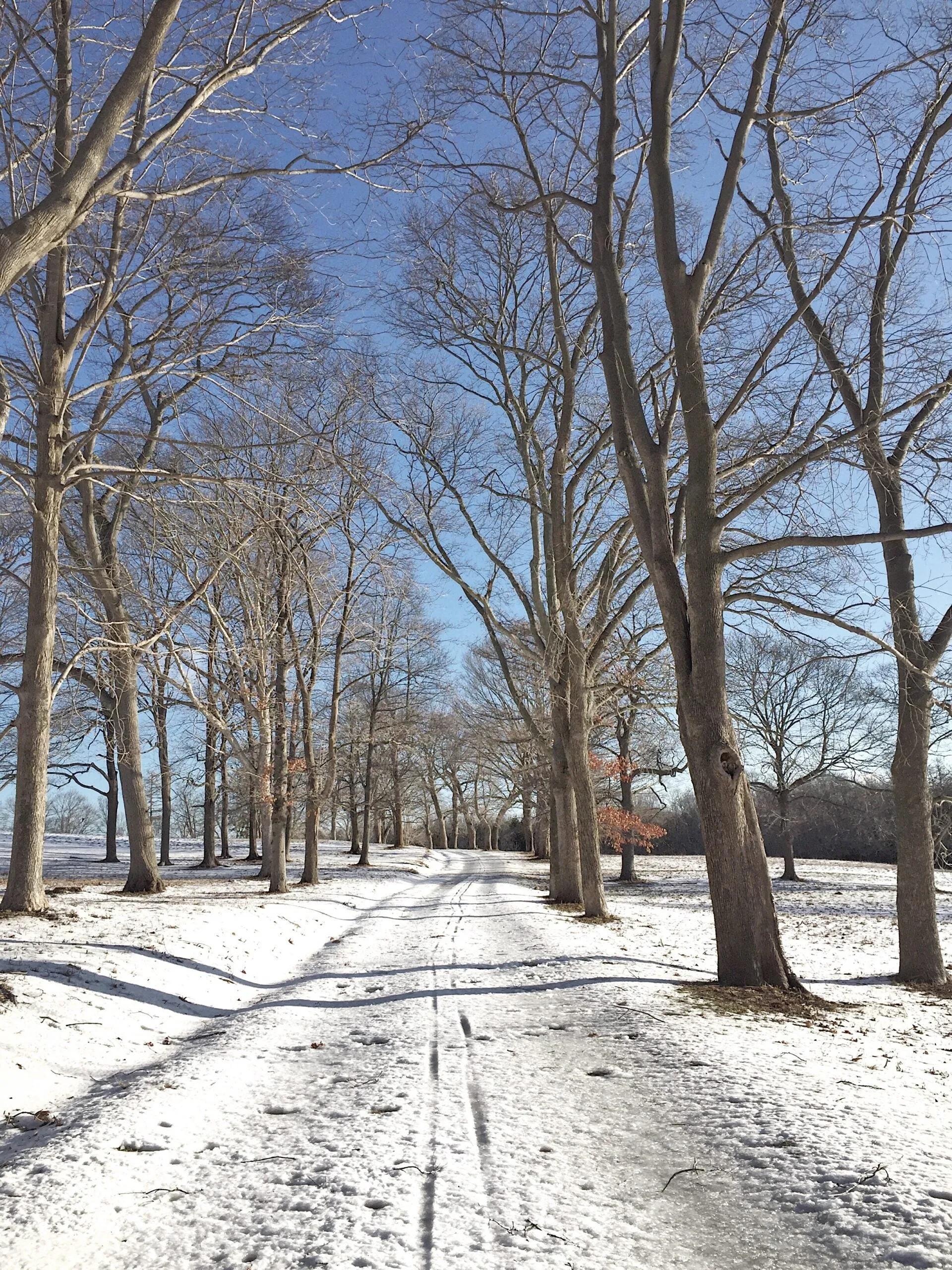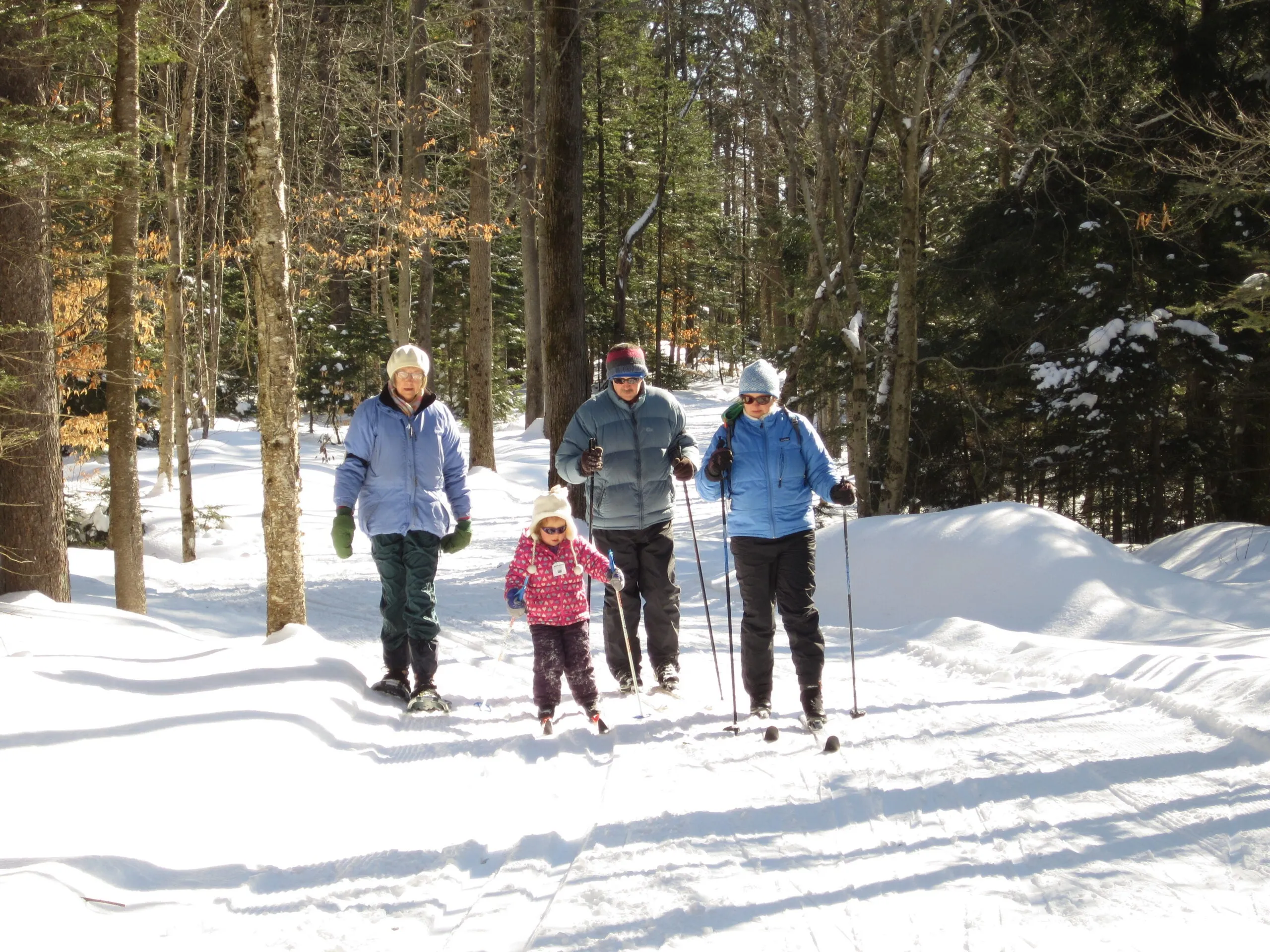Winter in Massachusetts offers more than just skiing and indoor activities. With snow-covered hills and crisp, clean air, it’s also the perfect time to challenge yourself with a winter hike. Unlike summer hikes, winter hiking presents a pristine, serene, and challenging beauty, requiring careful preparation and an adventurous spirit. Let’s explore the stunning trails and essential tips to fully enjoy a memorable winter hiking journey in Massachusetts.
Discover Winter Beauty on Mountain Trails
Massachusetts boasts numerous ideal locations for winter hiking, from gentle hills to higher peaks, suitable for all experience levels. Here are some suggested places to explore:
Middlesex Fells Reservation: Located just north of Boston, this expansive reservation offers breathtaking winter scenery, especially from Saddleback Hill. While dense foliage might obstruct views in summer, winter is the perfect time to admire Spot Pond and the surrounding landscape from above. The trails here are diverse, ranging from easy to challenging, suitable for both beginners and experienced hikers.

Blue Hills Ski Area: Beyond skiing, Blue Hills is also a fantastic spot for winter hiking. With numerous trails leading to the summit of Great Blue Hill, you can enjoy panoramic views of the Boston area and Massachusetts Bay. The trails here have a moderate incline, not too difficult but still challenging enough to keep you engaged.
World’s End: This coastal park in Hingham is not only famous for its summer landscapes but also captivating in winter. Designed by Frederick Law Olmsted, World’s End features winding paths through hills and along the coast, offering stunning views of the Boston skyline. Winter hiking at World’s End provides an opportunity to embrace the tranquility of nature and admire the beauty of the sea in the crisp air.

Myles Standish State Forest: This vast forest in Carver has many trails suitable for hiking and winter mountaineering. The Department of Conservation & Recreation (DCR) suggests the East Reservoir Trail as an excellent choice for those wanting to experience hiking on snow. With diverse terrain and pristine natural landscapes, Myles Standish State Forest is an ideal destination for winter nature enthusiasts.
Monument Mountain: This mountain in Great Barrington was once a favorite destination for famous 19th-century writers like Herman Melville and Nathaniel Hawthorne. Recognized by USA Today as one of the most beautiful attractions in the country, Monument Mountain offers majestic views of the Berkshires region. Hiking to the summit in winter allows you to witness the serene beauty of nature and feel a connection to the cultural history of this land.
Appalachian Trail: A section of the world-renowned Appalachian Trail runs through Massachusetts, spanning 90 miles. This segment includes Mount Greylock, the state’s highest peak. Winter hiking on the Appalachian Trail is a true challenge, but the reward is pristine, magnificent natural scenery and a meaningful sense of self-conquest.
Notchview: This location in the Berkshires is famous for cross-country skiing and snowshoeing. With over 3,000 acres of diverse terrain and 25 miles of groomed ski trails, Notchview is a paradise for winter activity enthusiasts. Winter hiking at Notchview is an opportunity to immerse yourself in nature, enjoy the fresh air, and improve your fitness.

Prepare Thoroughly for a Safe Winter Hike
Winter hiking differs from summer hiking, requiring more thorough preparation to ensure safety and the best experience. Here are some things to keep in mind:
- Check the weather: Before heading out, check the weather forecast to understand temperature, wind, snowfall, and other weather warnings. Avoid hiking in severe weather conditions like blizzards, strong winds, or extremely low temperatures.
- Plan your route: Choose a route suitable for your experience and fitness level. Learn about the length, difficulty, and terrain of the trail. If you are a beginner, choose short, easy trails with clear markings.
- Inform someone: Before you go, inform family or friends about your hiking plans, including location, route, and estimated departure and return times. This is crucial in case of an emergency.
- Hike with a companion: Winter hiking is safer with a group. If possible, hike with people experienced in winter hiking.
- Bring appropriate gear: Gear plays a crucial role in winter hiking. You need to prepare all necessary items to stay warm, protect your body, and ensure safety.
Essential Gear for Winter Hiking
- Warm layers: Choose layered clothing, including a moisture-wicking base layer, an insulating middle layer, and a windproof, waterproof outer layer. Wool or synthetic materials are good choices. Don’t forget a hat, gloves, and a scarf to keep your head, hands, and neck warm.
- Waterproof hiking boots: Hiking boots should be waterproof, warm, and have good traction on snow and ice.
- Hiking poles: Hiking poles help you maintain balance, reduce pressure on your knees, and aid movement on slippery terrain.
- Flashlight or headlamp: Winter days are short, so you may need a flashlight or headlamp if you start early or return late.
- Map and compass/GPS: Even if you are familiar with the hiking area, a map and compass or GPS device are still essential for navigation and avoiding getting lost.
- First-aid kit: Carry a small first-aid kit to handle minor injuries or unexpected medical issues.
- Food and water: Bring enough energy-rich snacks and water to maintain your strength throughout the hike.
- Sunglasses and sunscreen: Snow reflects sunlight intensely, so sunglasses and sunscreen are necessary to protect your eyes and skin from UV damage.
- Snow traction devices (optional): If you are hiking in areas with deep snow, you may need snowshoes or crampons for easier and safer movement.
Fully Enjoy Your Winter Hiking Experience
Winter hiking is not just a physical challenge but also an opportunity to discover the unique beauty of nature and enjoy the tranquility and peace that winter brings. Walk slowly, listen to the crunch of snow under your feet, breathe in the fresh air, and admire the snow-covered mountain scenery.
Don’t forget to bring a camera to capture memorable moments during your journey. Winter photos with white snow, bare trees, and blue skies will surely be beautiful and unique memories.
Conclusion
Experiencing winter hiking in Massachusetts is a fun and rewarding activity, offering you the chance to explore the pristine beauty of nature, improve your fitness, and challenge yourself. With careful preparation and an adventurous spirit, you can fully enjoy safe and memorable winter hikes in this region. Plan your trip today and discover the wonders that winter in Massachusetts has to offer!